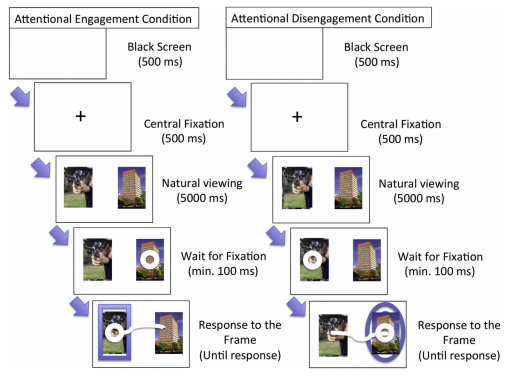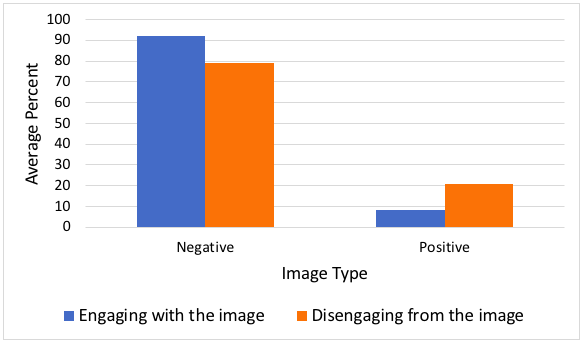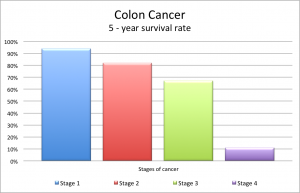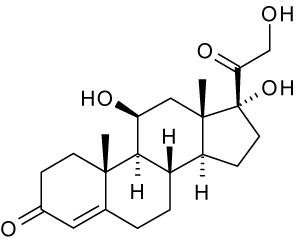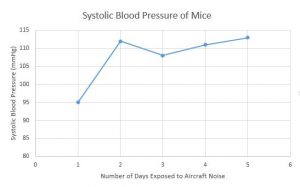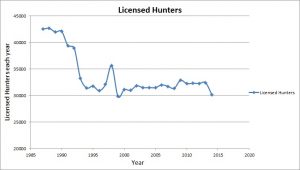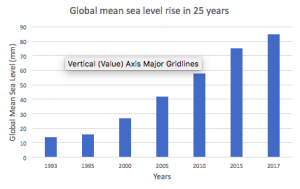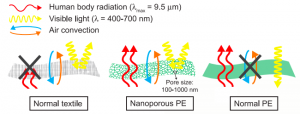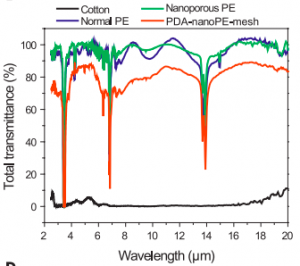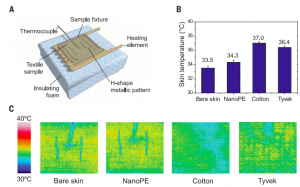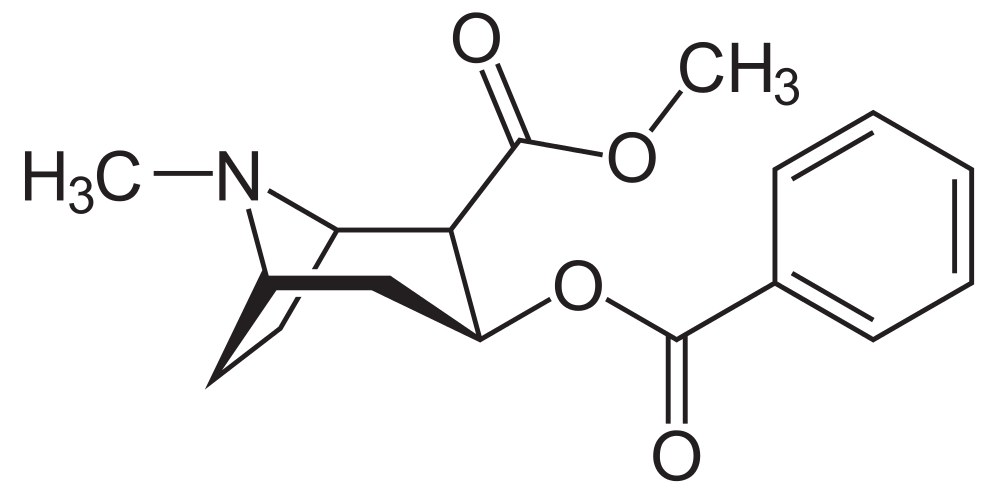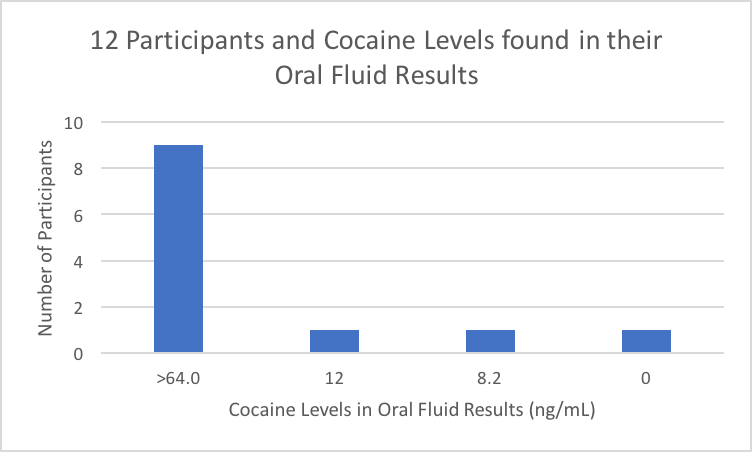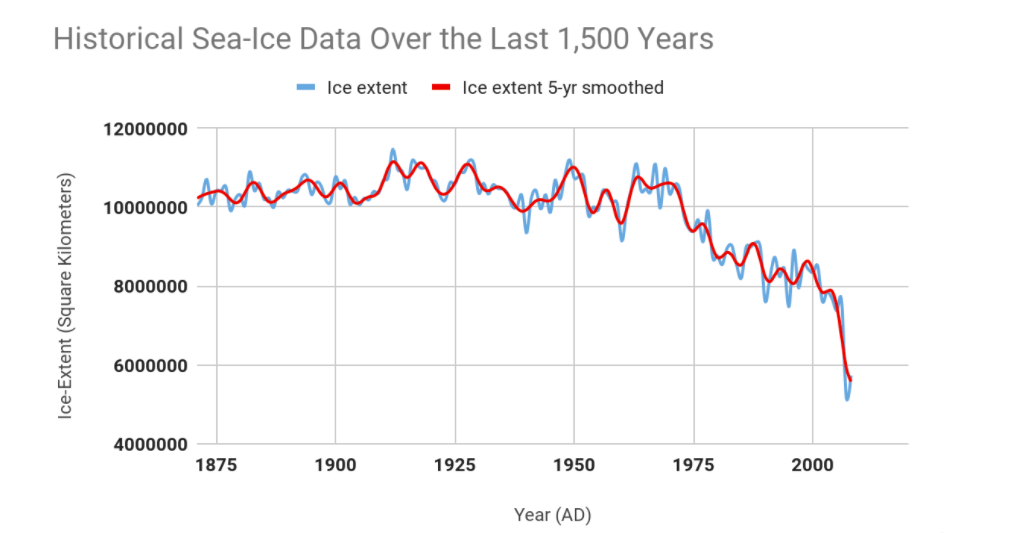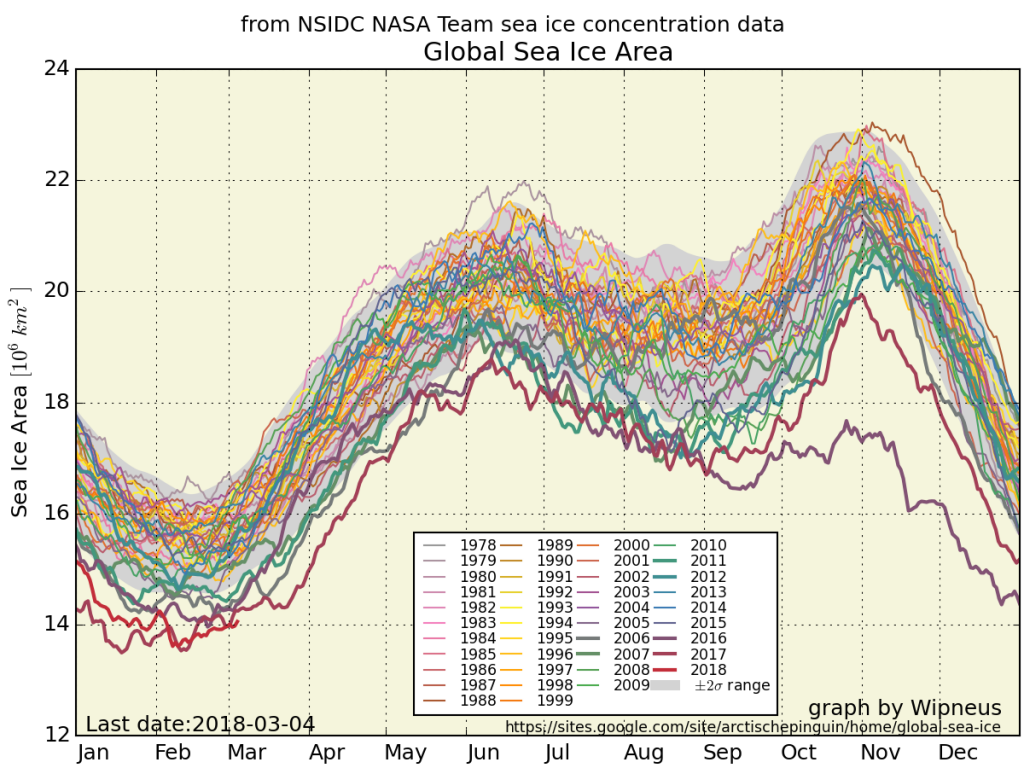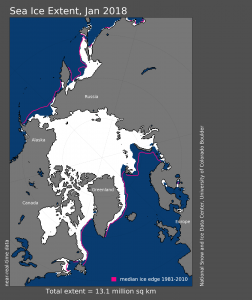St. Patrick’s Day is a holiday most popular for sharing a glass of Guinness with friends. However, it is not commonly known that binge-drinking accounts for more than half of all alcohol related deaths in the United States annually.

Figure 1: Alcoholic beverages Source: Flickr
Binge drinking is defined as consuming more than five drinks in a two-hour span for men and consuming more than four drinks in a two-hour span for women was recently studied by the Center for Disease Control and Prevention. In this study, a drink can consist of a 12-ounce glass of beer, one 5-ounce glass of wine or one shot of hard liquor.
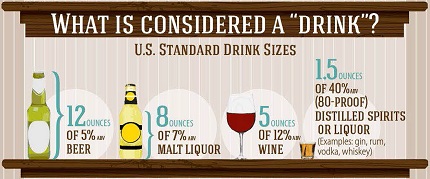
Figure 2: Guideline for what is classified as a “drink” Source: CDC
This study surveyed over 400,000 participants across the United States ages 18 and over about their drinking habits in the past 30 days. Some questions included the number of times participants drank, the amount of alcoholic beverages consumed and the most alcohol they consumed in one outing.
The results showed of the 17.5 billion reported drinks consumed, men were drinking four out of every five beverages. Men were also reported to consume twice the amount of alcohol compared to women.
They also found that adults over the age of 35 were consuming over half of all the reported drinks consumed.
Overall, one in six Americans were reported to have been binge drinking in the thirty day period surveyed. On average, the frequency was at least once a week with seven alcoholic beverages consumed.
It was reported that binge-drinking cost the United States $191 billion in health care expenditures, criminal justice costs and other related costs. With alcohol use disorder (AUD) on the rise each year, as reported by the National Epidemiologic Survey on Alcohol and Related Conditions, it is important to educate the public on the dangers of binge drinking and provide preventative measures through counselling.
As with anything in life, it is all in moderation.
-Brandon Kato
References:
1.http://www.ajpmonline.org/article/S0749-3797(17)30753-5/fulltext
2.https://jamanetwork.com/journals/jamapsychiatry/article-abstract/2647079?redirect=true
3. https://www.flickr.com/photos/pure-water/4236552628/in/photolist-7snruQ-e4ogE1-evWhFU-3gRJMK-68kLtR-grTep-9AF438-96tk3T-8ZEAW2-bo5LMu-8vxWjT-6Rtuu1-5qWhb1-UK6CHN-cHqfS-3PZkcE-8B6jac-sU67sc-8ZHBks-6vR66z-846qe6-9kbKUu-4wBBAW-kSzduM-a8ohb6-5BoCca-976jdc-5LkuxL-4fgkiE-a2TtfQ-788dqm-6cR178-8ZHF7L-6vVhMy-6kQonm-9h5TW3-nvUfYp-46TjW4-dmvwhX-7RzPV-72mANu-a82HkS-6vVhQ3-uTUH-8uWYuC-7WMFRM-aDKEo-5Bua2X-bysKZi-5By5Ro
4.https://www.cdc.gov/alcohol/fact-sheets/moderate-drinking.htm


